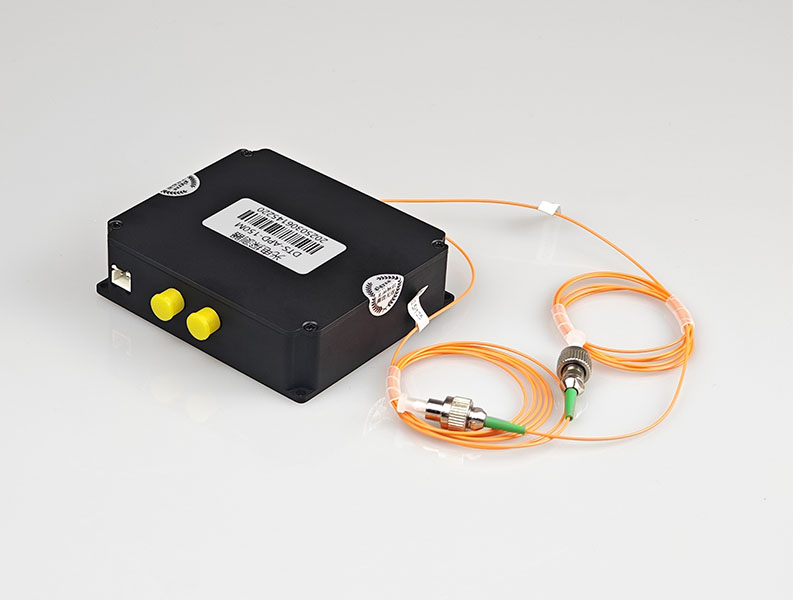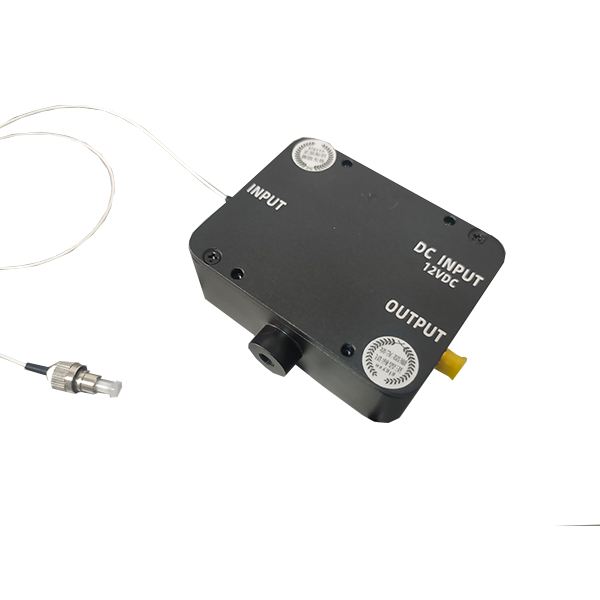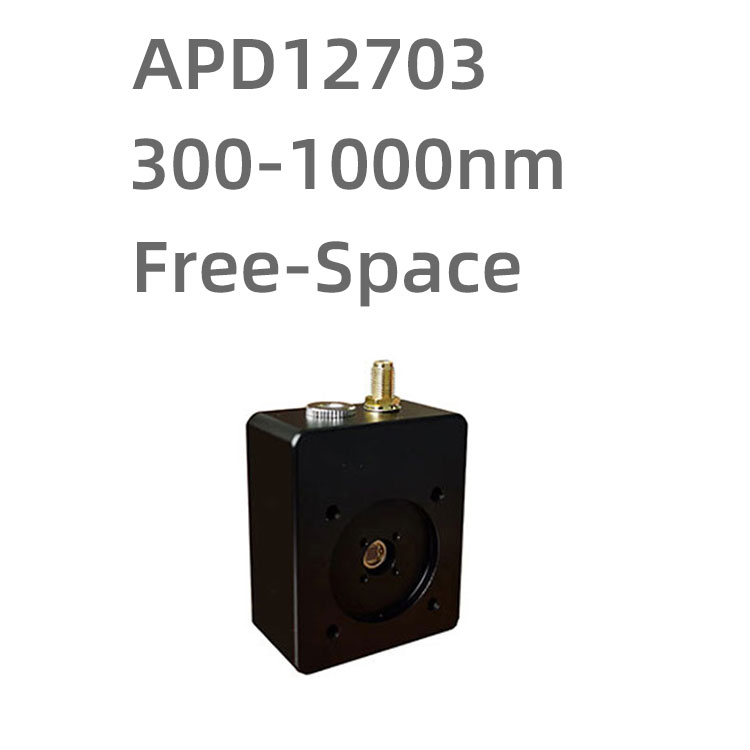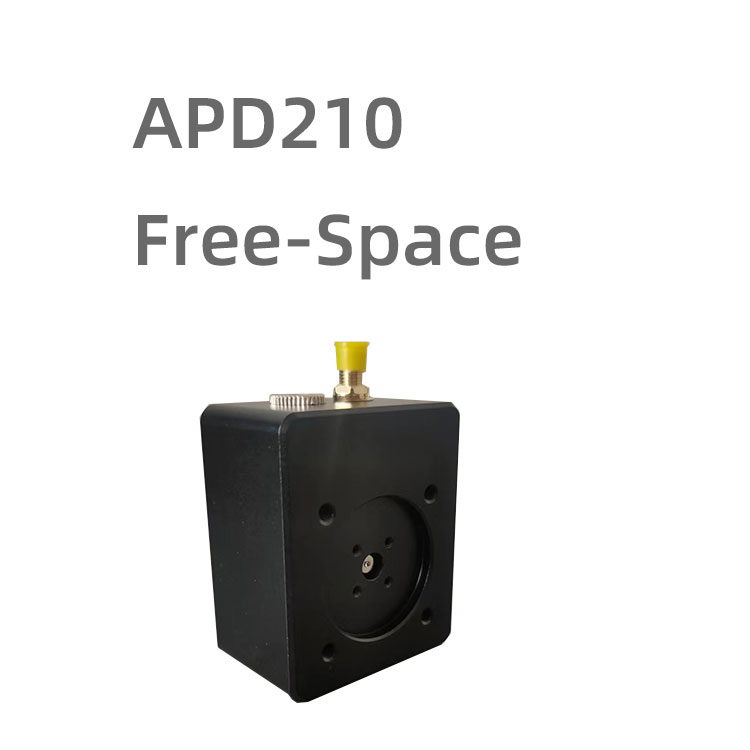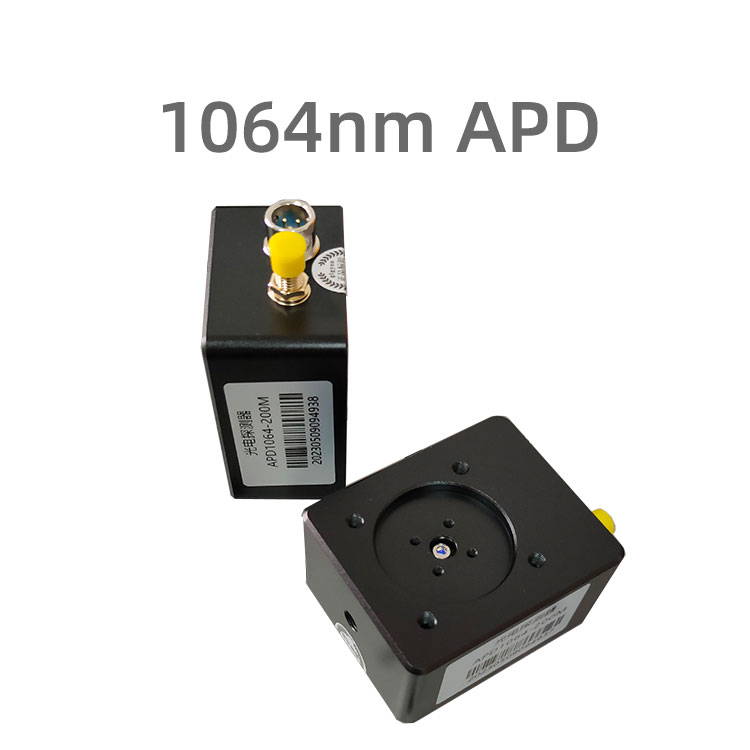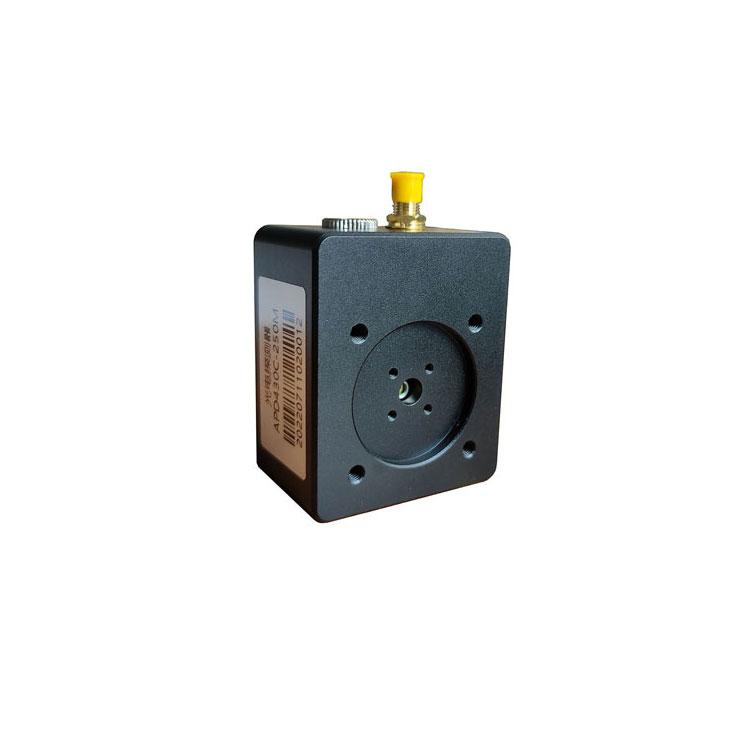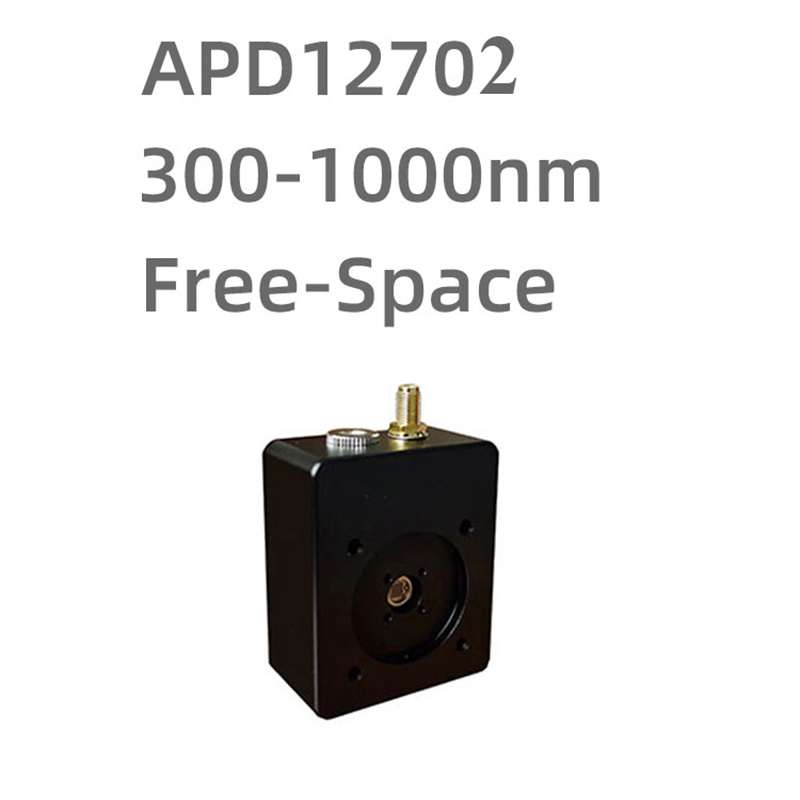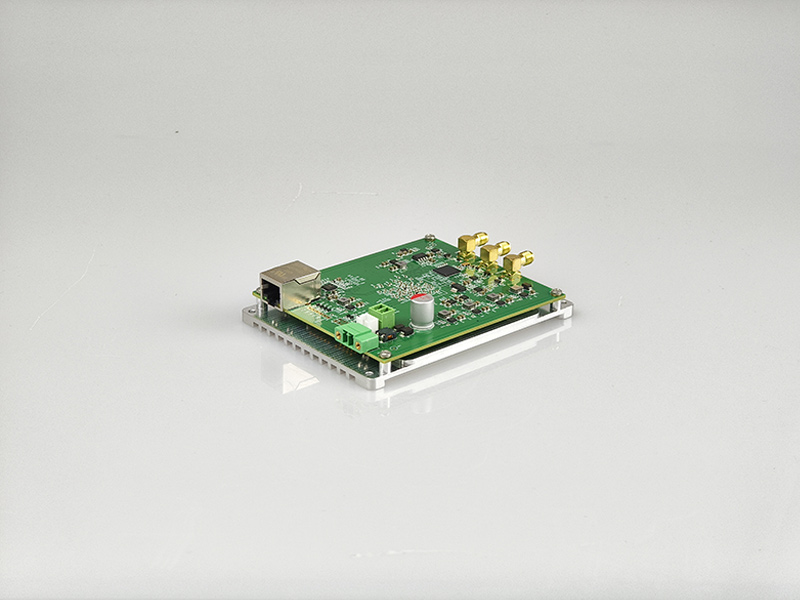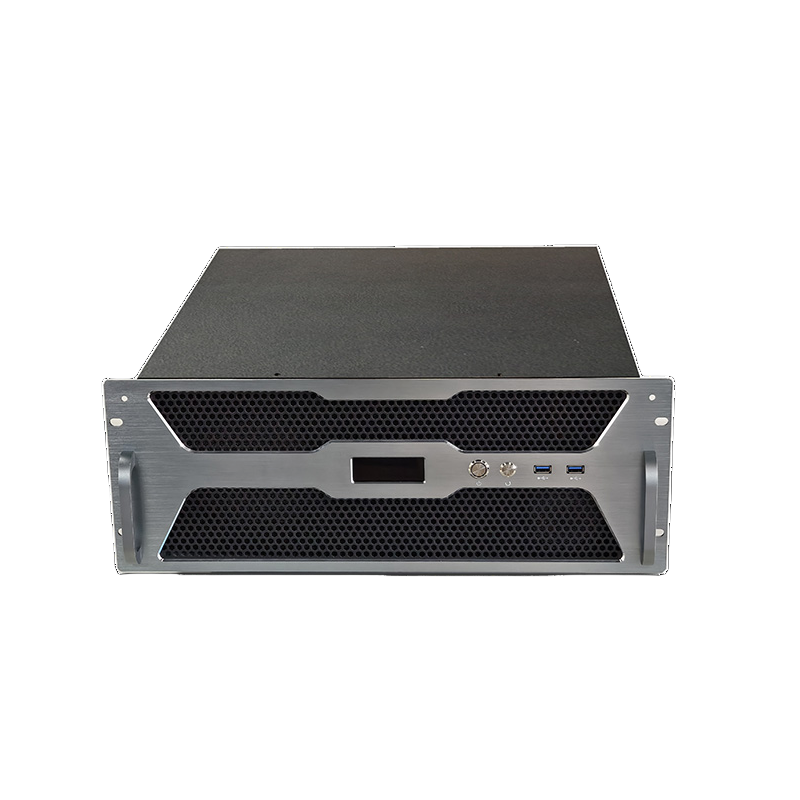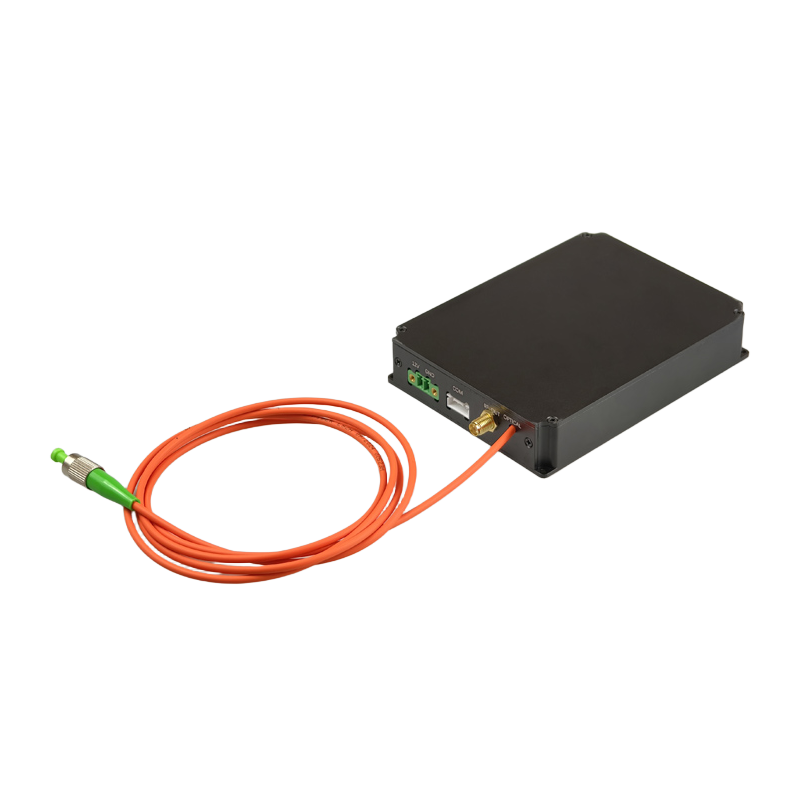- DVS/DAS integration modules
- DAQ Boards
- DTS Integration Module
- FBG Demodulator Module
- Laser Modules
- Acousto-Optic Modulator
- Erbium-doped fiber amplifier module
- Optical Device
Products tagged with APD
The APD modules are based on low-noise avalanche photodiodes made of InGaAs with a built-in pre-amplifier and high voltage supply.A temperature compensation function allows the APD to be operated at constant gain across a wide operating temperature range.
APD20 series APD photodetector module, can detect near infrared light in the region of 400-1700nm with fiber coupling input, bandwidth from 10M to 400M. suitable for detecting nW level of optical power.
The APD12703 series photodetector uses a 3mm diameter large target APD photodetector with very high gain and UV enhancement at 355nm, very suitable for fluorescence detection and other scenarios.
APD210 photodetector module up to 1.8G bandwidth, while still having a very high gain (sensitivity), the module uses space optical input, suitable for scientific research field of space optical communication experiments, space optical laser detection and other scenarios.
The detector is based on a silicon-based avalanche photodiode with 1064 nm enhanced response and high gain response for atmospheric aerosol radar
APD430 series of free-space APD photodetector modules, wavelength range covering the visible and near-infrared region, can be used to replace Thorlabs the same model parameters; suitable for free-space optical applications detection, such as LIDAR.
APD12702 Series: Temperature compensation, UV-enhanced sensitivity, 3mm photosensitive area. Ideal for low-light signals, fluorescence measurement, and chemical analysis.
